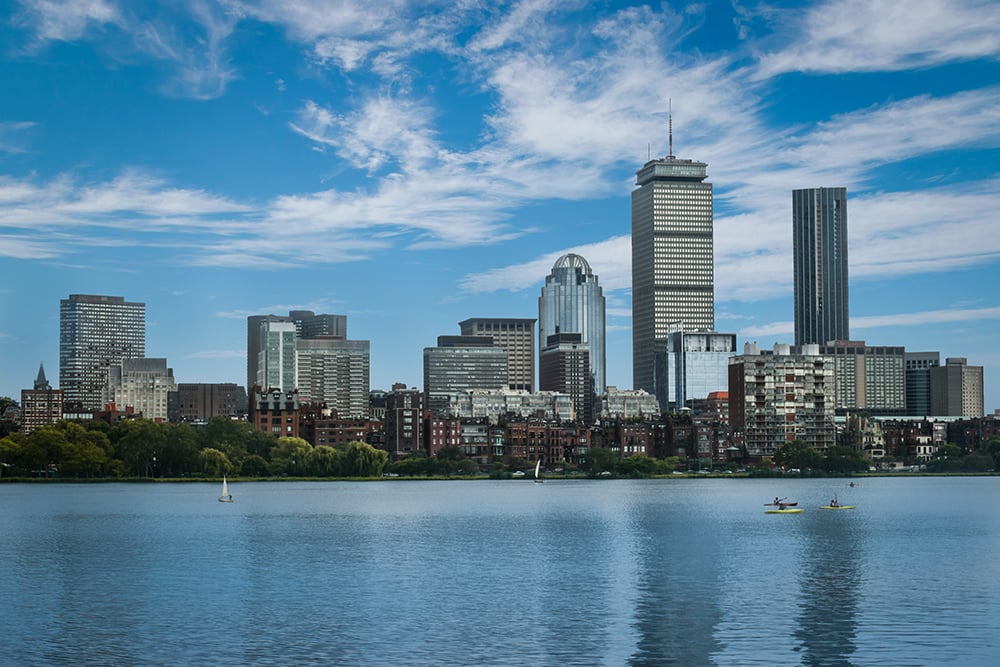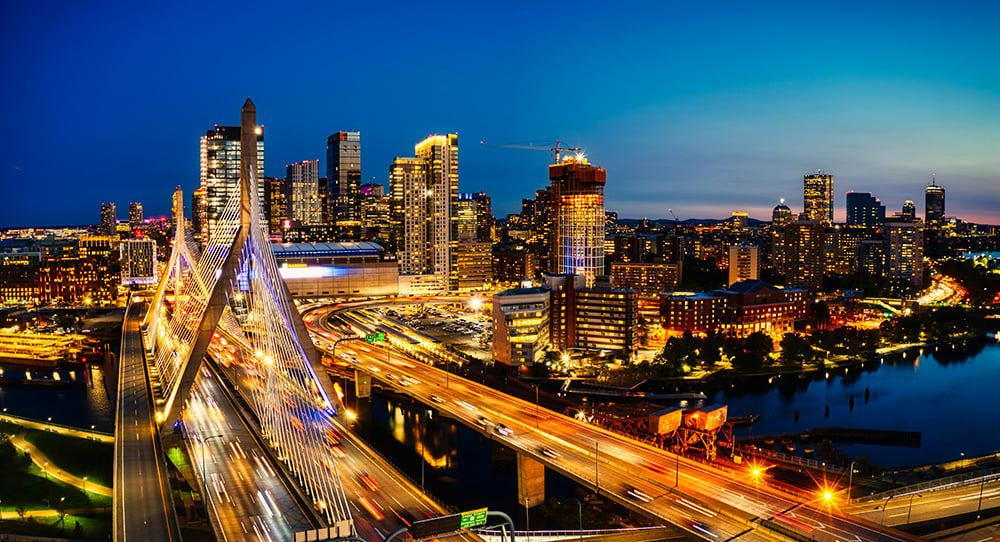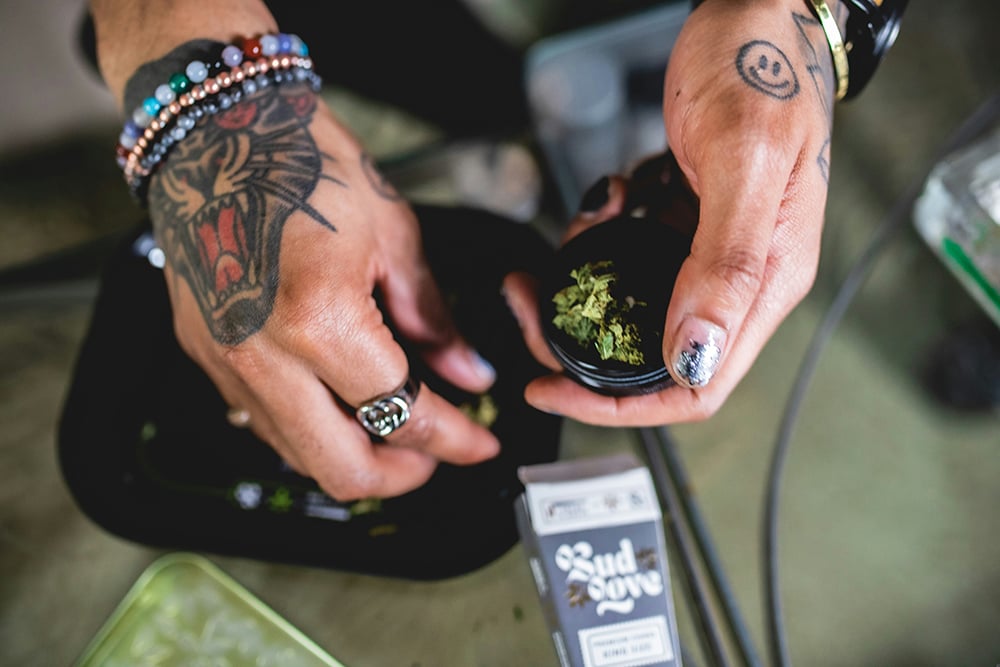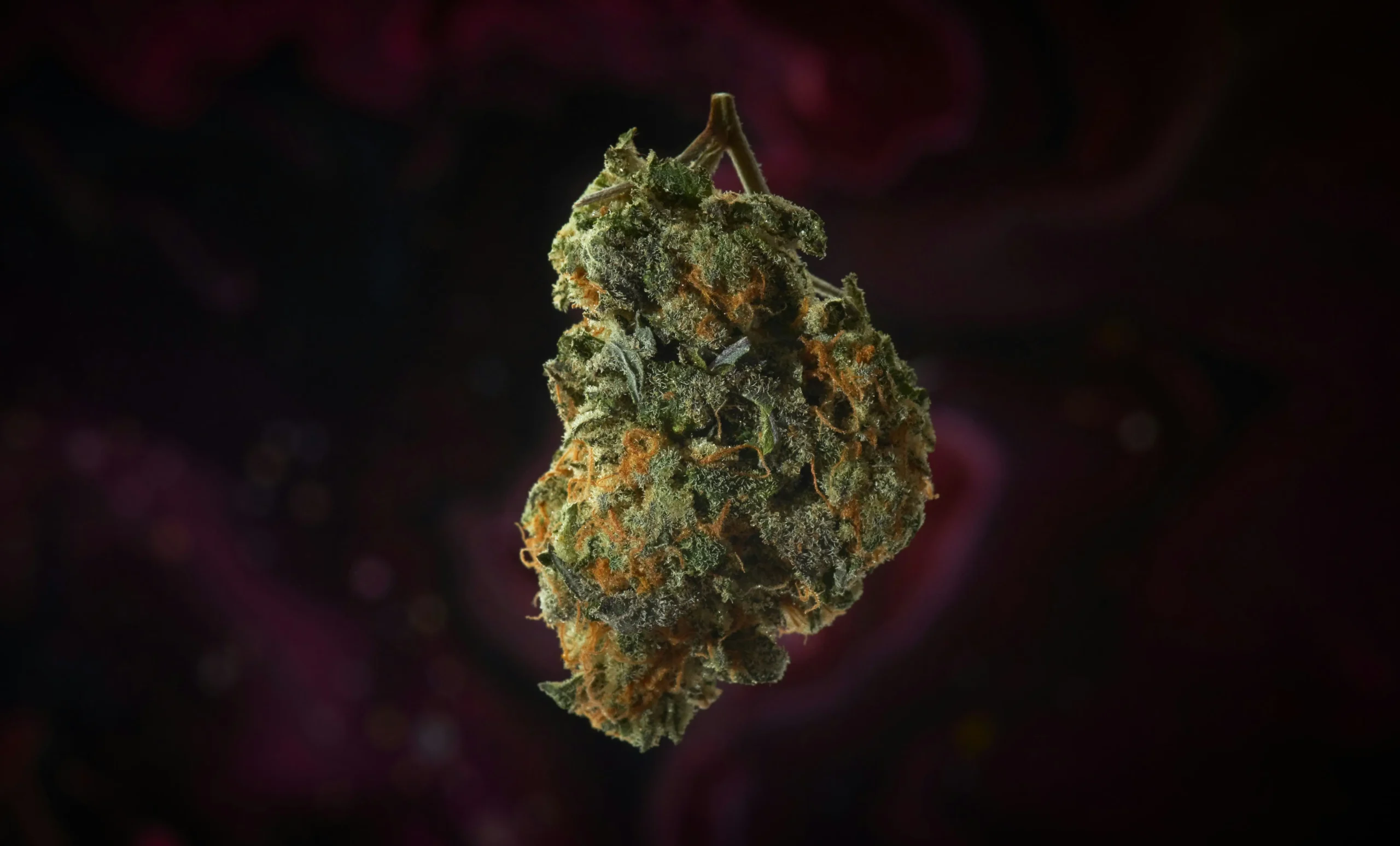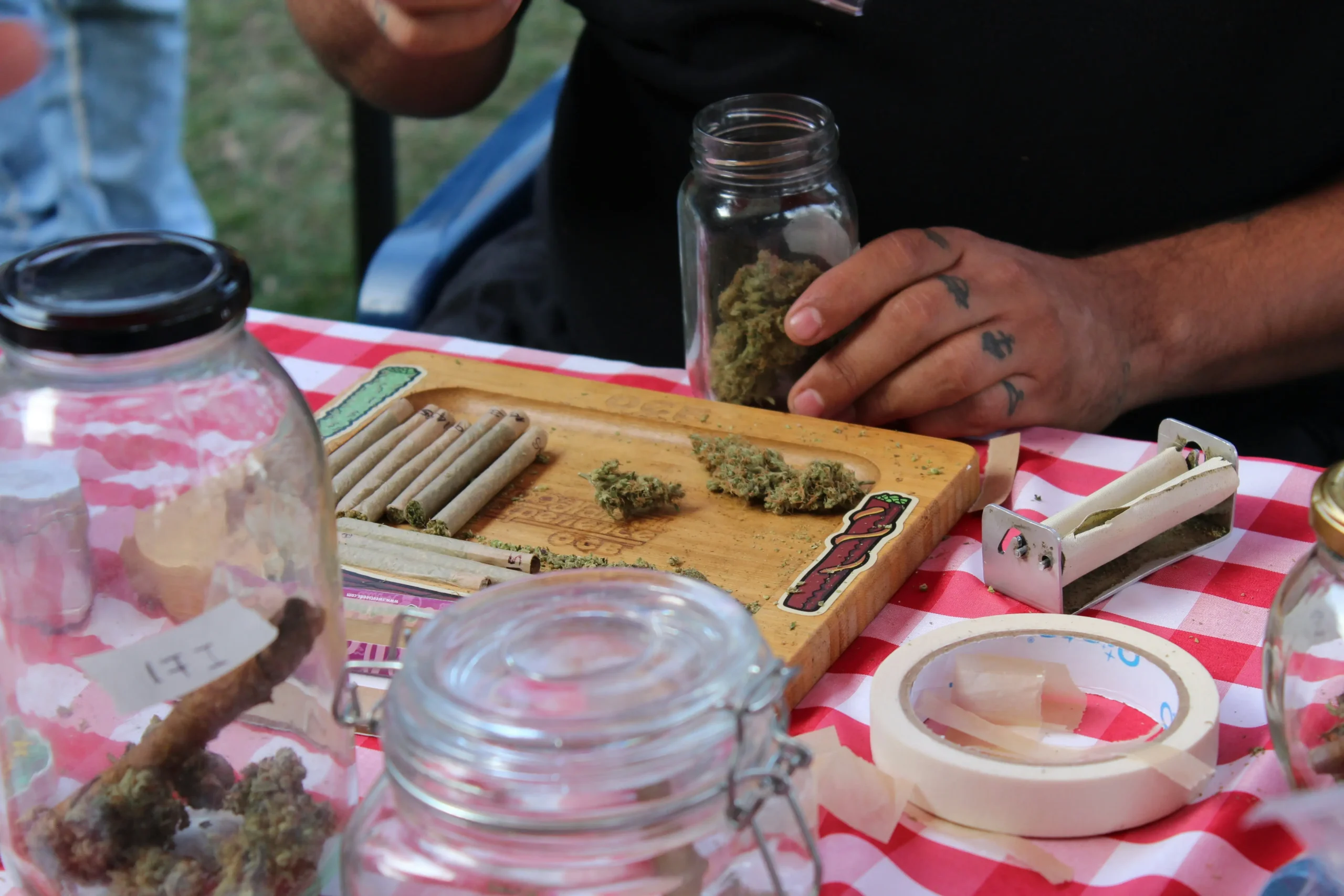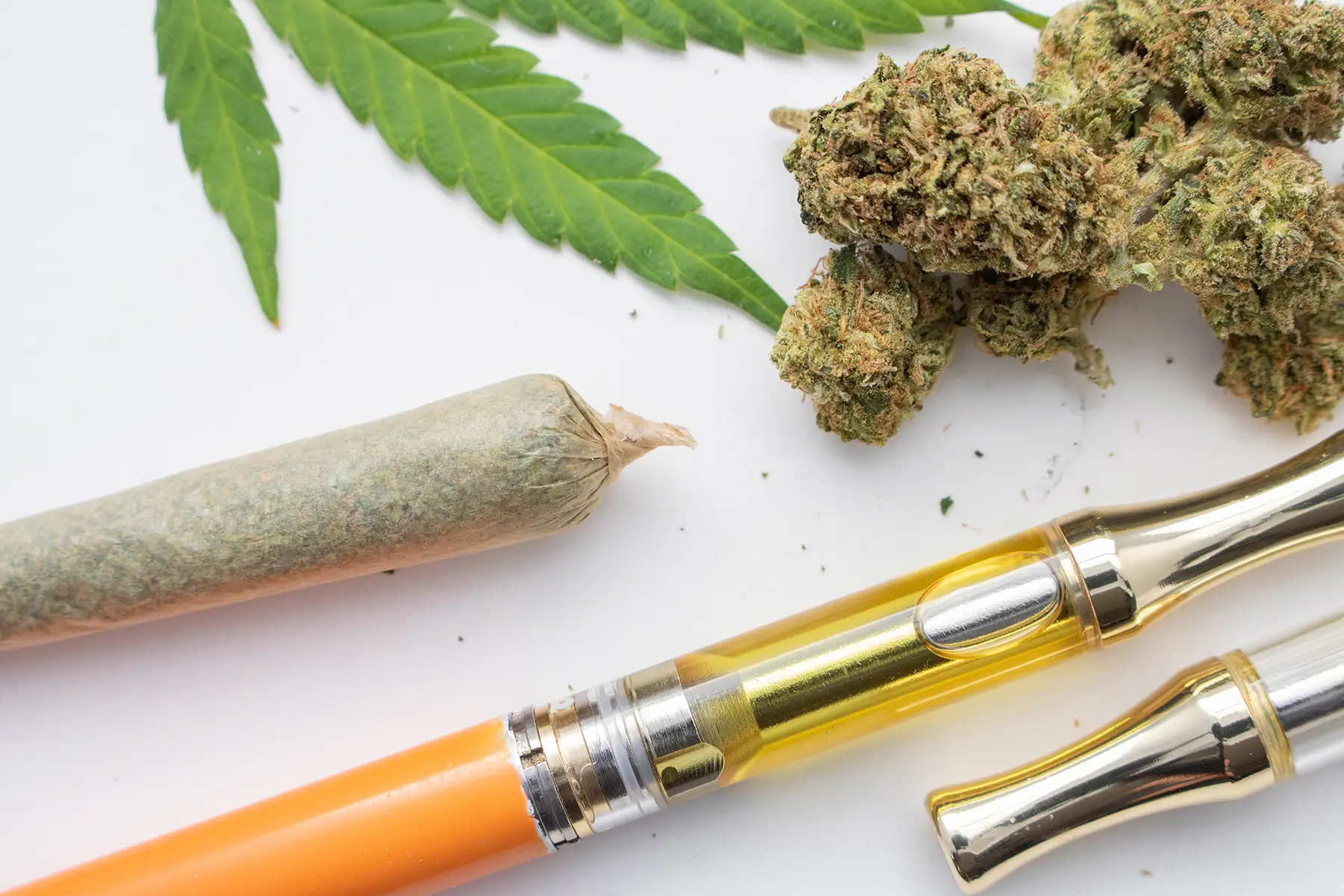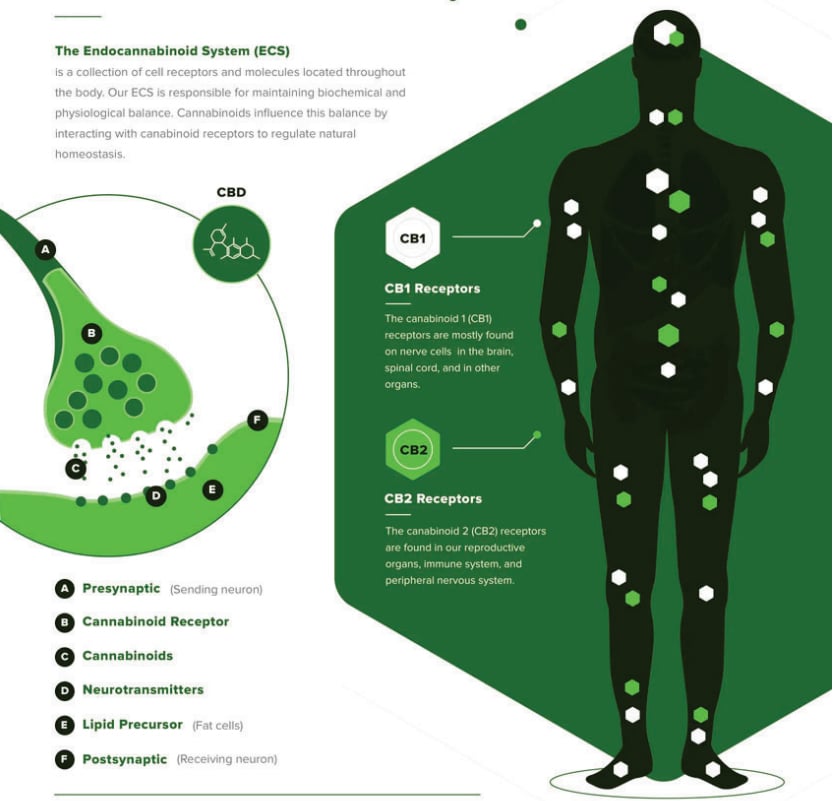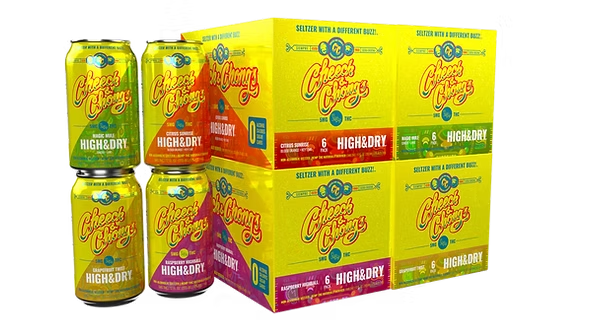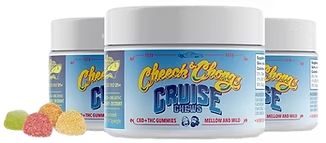Cannabinoids
The cannabis plant produces over 480 compounds, dozens of which are known as cannabinoids. They’re the active ingredients that are responsible for the way marijuana affects consumers.
THC (Delta 9 – Tetrahydrocannabinol) Psychoactive
THC is the main psychoactive compound found in cannabis. Common uses include appetite stimulant, mood regulator, sedation, pain relief, anti-inflammatory, and antioxidant.
THCV-(Tetrahydrocannabivarin) Psychoactive
THCV is like THC in structure and psychoactive properties. Promotes bone growth, used to help Alzheimer’s, appetite suppressant, and anxiety relief.
CBD (Cannabidiol) Non-psychoactive
CBD is a non-psychoactive compound. Some studies have found CBD may be effective in providing relief from various mental health and physical conditions. Common uses include anti-inflammatory, antioxidant, antidepressant, neuroprotective, and anxiety reliever. Can be used as a THC buffer if you are having unpleasant effects from THC
CBDV (Cannabidivarin) Non-psychoactive
CBDV shares a lot of the properties and characteristics of CBD. Common uses include anticonvulsant, antiseizure, pain relief, and epilepsy relief.
CBG (Cannabigerol) Non-psychoactive
Referred to as “The mother of all cannabinoids” because it is the starting compound in cannabis plants, and other cannabinoids are derived. Common uses include antiinflammatory, pain relief, and being explored to fight certain types of cancer.
CBC (Cannabichromene) Non-psychoactive
CBC is well known in the medical industry. CBC is a powerful cancer fighter, used to help Alzheimer’s, antidepressant, antiinflammatory and even became a commonly used acne treatment.
CBN (Cannabinol)
Often referred to as the “Sleep Cannabinoid”. CBN is not produced naturally from the cannabis plant, but instead it is
produced by THC breaking down due to age, light, and /or heat. Common uses include pain relief, sedation, relaxation, and
anxiety relief.

